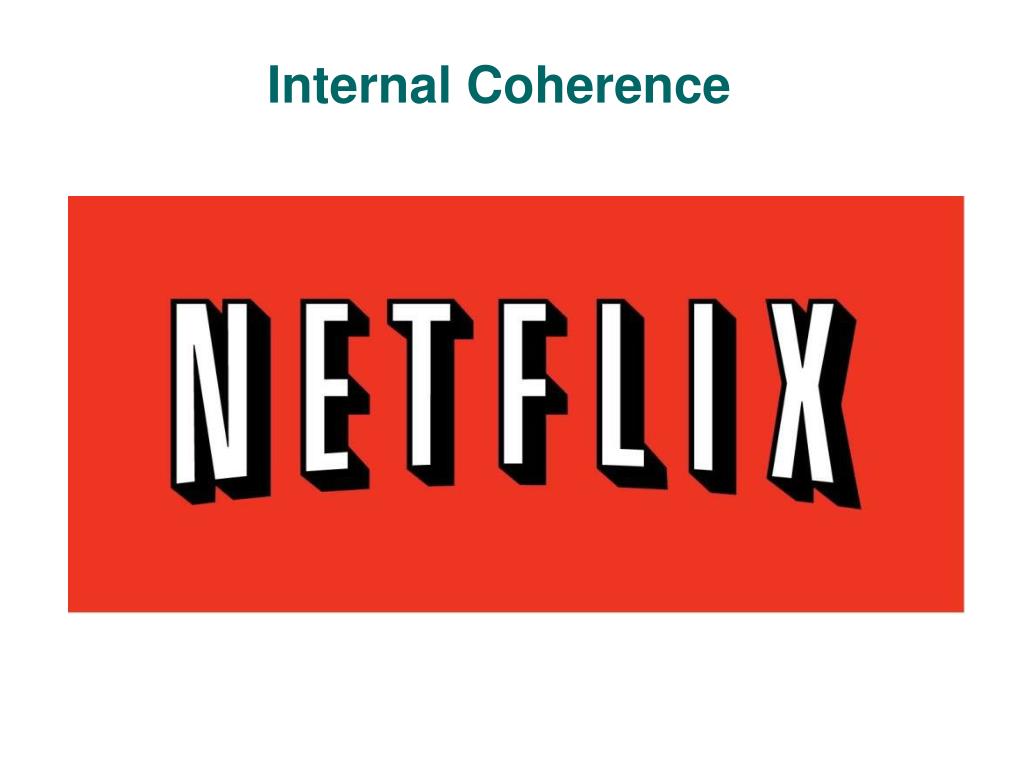

For example, as referred to earlier, the traditionally stable and somewhat unchanging domain of higher education has become more complex with the entry of for-profit educational institutions, MOOCs (massive open online courses), internal company “universities,” and other certification and degree programs outside traditional private institutions. Presently, several environmental domains that once were considered stable have become more complex and unstable-e.g., toys, public utilities, the U.S. Some of the major sectors of a task environment include marketing, technology, government, financial resources, and human resources. An organization defines itself and its niche in an environment by the choice of its domain, i.e., what sector or field of the environment it will use its technology, products, and services to compete in and serve. Organizations respond to external environments not only through their structures, but also by the domains they choose and the internal dimensions and capabilities they select. Similarly, Amazon’s business model, discussed earlier, has and continues to pressure retailers to innovate and change processes and practices to compete in this digital era. auto makers had become closed or at least insensitive to changing trends in cars during that time and were unwilling to change manufacturing processes. The Detroit producers experienced slumping sales, plant closures, and employee lay-offs in response to the Japanese wave of competition. auto manufacturers (Ford, General Motors and Chrysler) were pressured by Japanese auto manufacturers’ successful 4-cylinder car sales that hit the U.S. For example, during the 1980’s the then Big 3 U.S. Closed systems are less sensitive to environmental resources and possibilities, and open systems are more responsive and adaptive to environmental changes. Organizations according to this theory are considered as either Open or Closed systems, (or relatively opened or closed) depending on the organization’s sensitivity to the environment.

This model explains organizational survival that emphasizes long-term goals. The open systems model serves as a feedback loop continually taking in resources from the environment, processing and transforming them into outputs that are returned to the environment. Exhibit 4.15 Open System Model of an Organization (Attribution: Copyright Rice University, OpenStax, under CC-BY 4.0 license)


 0 kommentar(er)
0 kommentar(er)
